Ways of Seeing the City
Teaching Gallery
Throughout history artists and designers have utilized a variety of methods to capture the urban landscape, from etching, drawing, painting, photography, film, sound, and model-making, to more recent explorations using digital media and animation. These techniques of “seeing the city” are a means to represent, to interpret, to construct, to make present, to hear, to write, to touch, and to feel the city. They are employed for a multiplicity of purposes—to convince people to visit or relocate to the city, to convey the artist’s or designer’s understanding of the city, to interpret and reveal the city to oneself, and to promote a vision of the city. For architects and urban designers, the act of representing the city is exploratory and reflective, and is as much a way to generate thoughts and approaches to making the city as it is a means to communicate ideas to others. The Teaching Gallery exhibition Ways of Seeing the City presents a diverse selection of works in various media from the Museum’s permanent collection by such artists and architects as Le Corbusier, Howard French, Giovanni Battista Piranesi, Edward Ruscha, and Andy Warhol, among others.
Concurring with the 50th anniversary of the Master of Urban Design program at the Sam Fox School of Design & Visual Arts, the exhibition also complements Design with the Other 90%: CITIES in the Ebsworth Gallery, which explores design solutions to the challenges of the world’s burgeoning urban populations around the globe.
This Teaching Gallery exhibition is curated by John Hoal, associate professor of architecture and chair of the Master of Urban Design program, in conjunction with his graduate course Informal Cities: The Future of Global Urbanism, offered by Washington University’s Sam Fox School of Design & Visual Arts in fall 2012. It will remain on view from September 14, 2012, through January 7, 2013.
Selected works
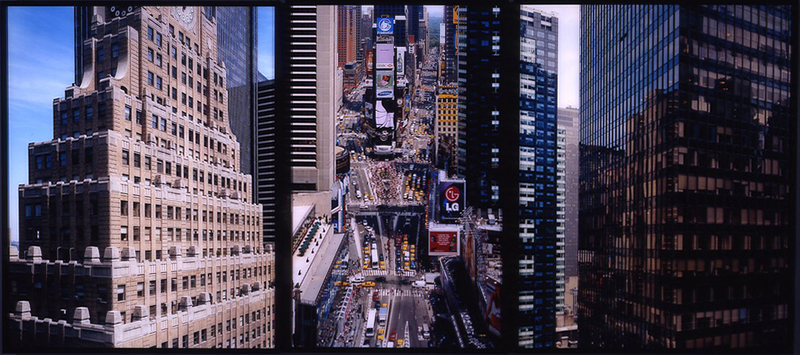
Doug Hall
Times Square
2004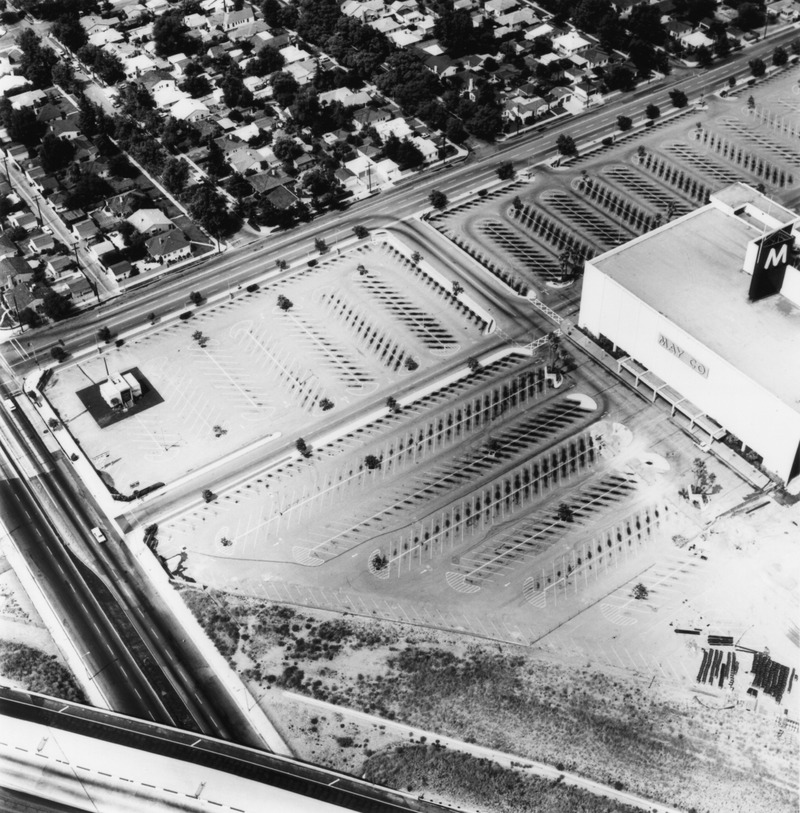
Edward Ruscha
Parking Lots (May Company, 6150 Laurel Canyon, North Hollywood) #7
1967/1999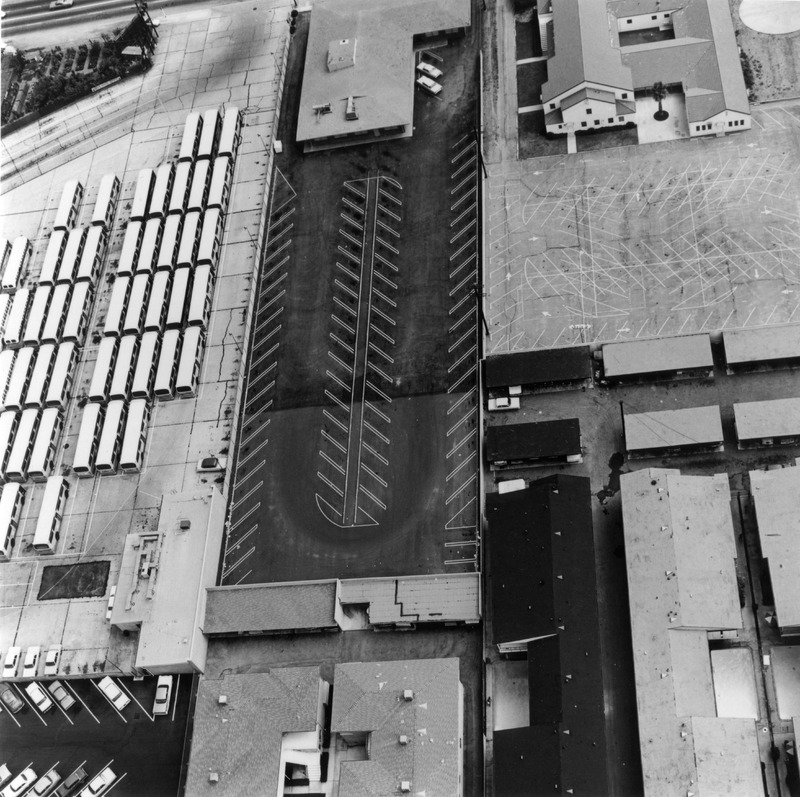
Edward Ruscha
Parking Lots (State Board of Equalization, 14601 Sherman Way, Van Nuys) #19
1967/1999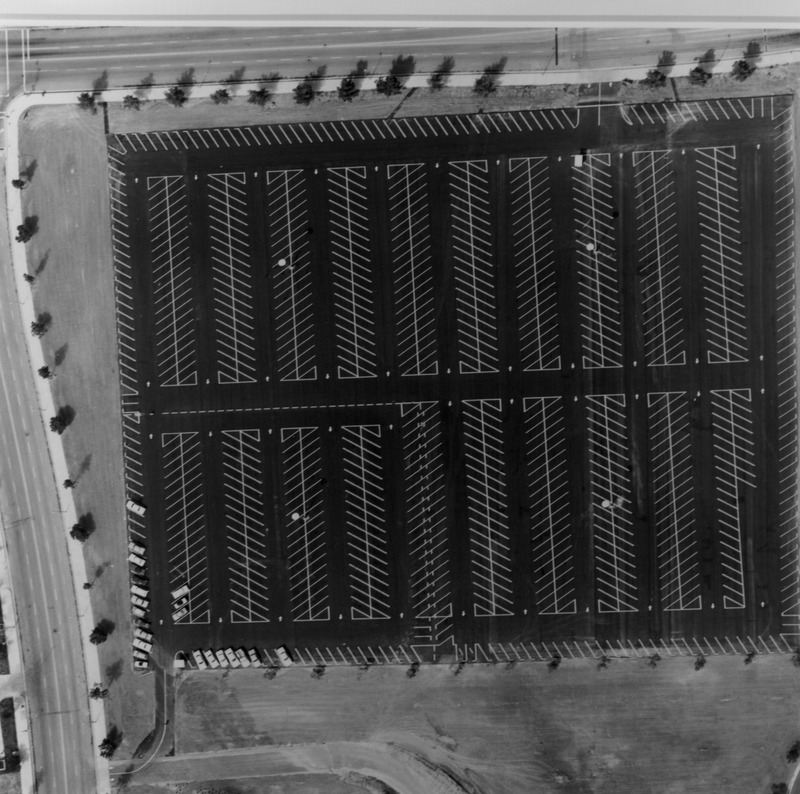
Edward Ruscha
Parking Lots (Century City, 1800 Avenue of the Stars) #23
1967/1999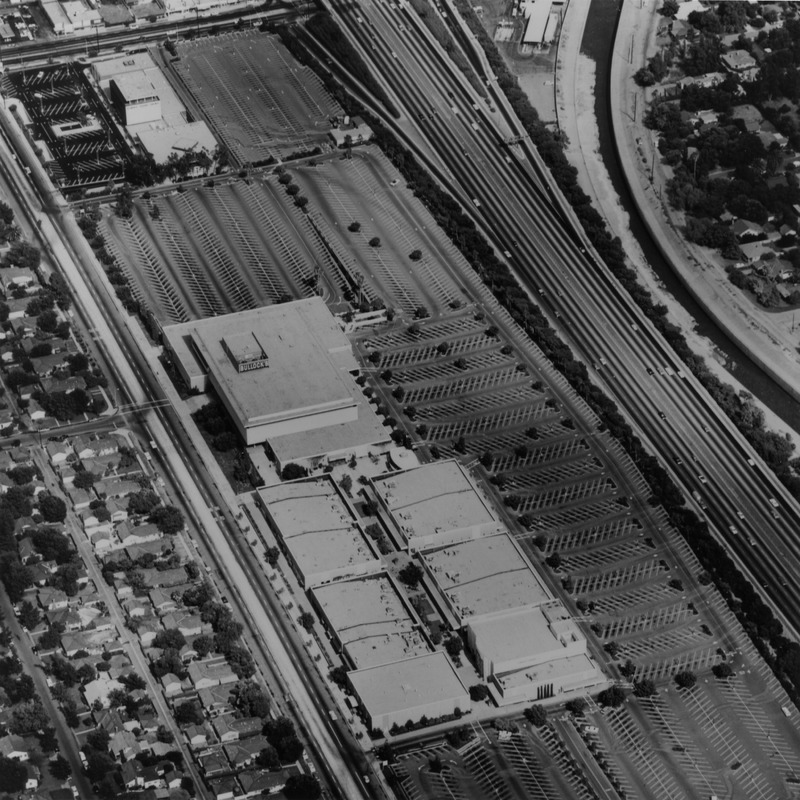
Edward Ruscha
Parking Lots (Fashion Square, Sherman Oaks) #24
1967/1999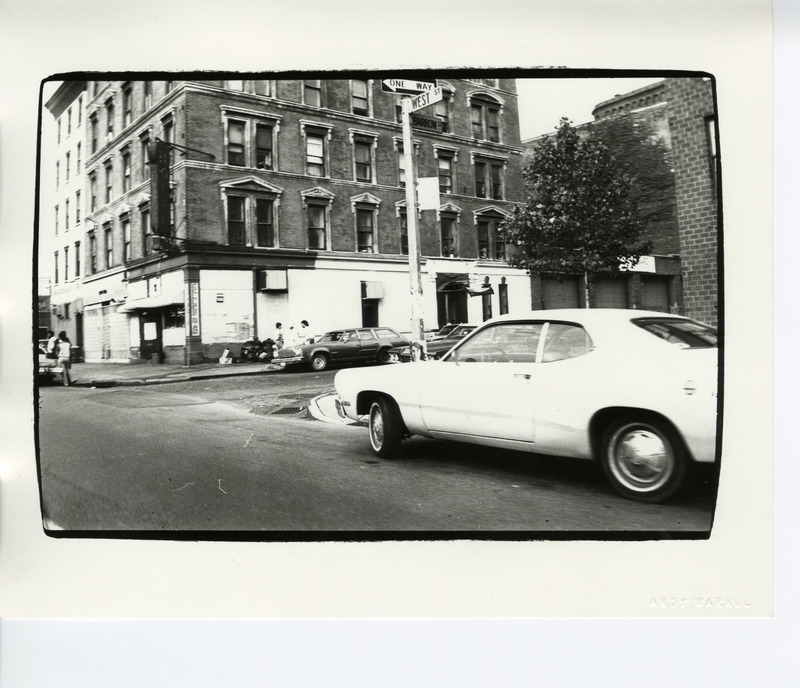
Andy Warhol
Cars Parked
n.d.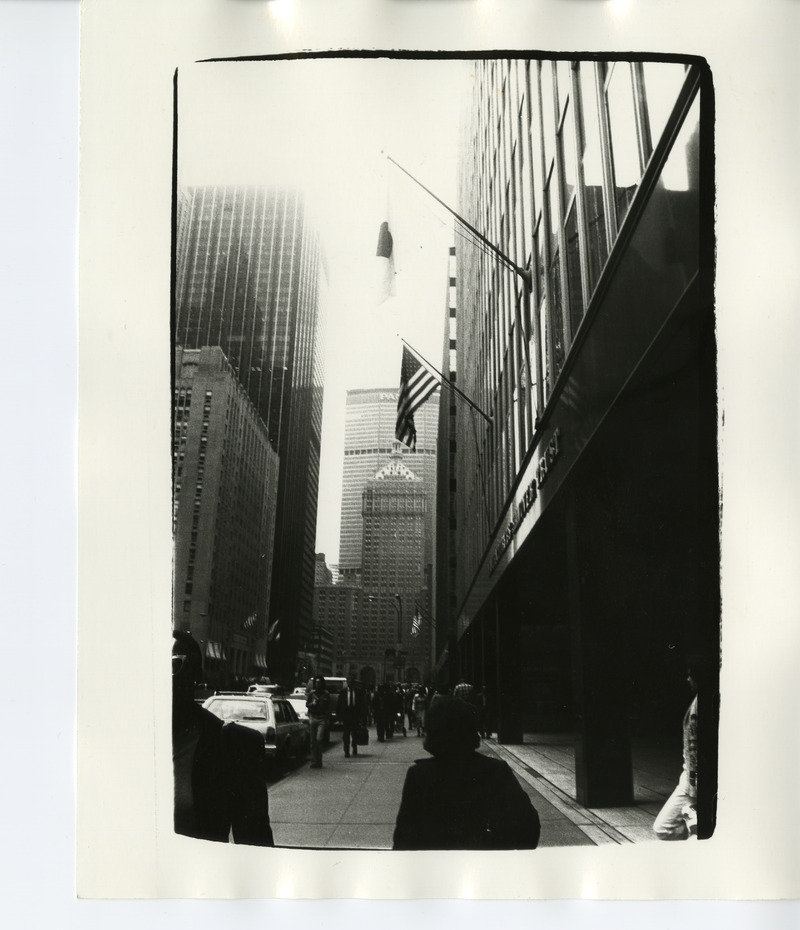
Andy Warhol
Sidewalk and Buildings
n.d.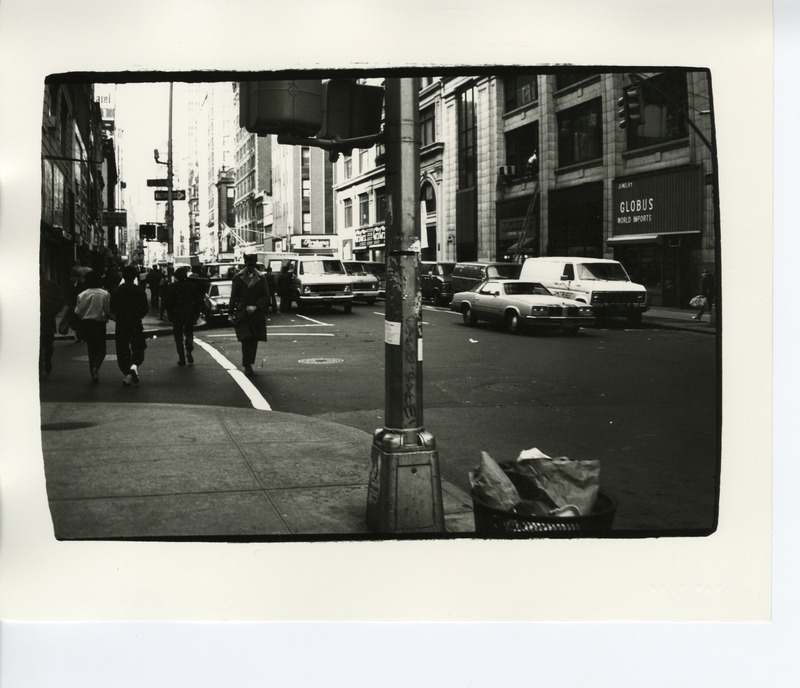
Andy Warhol
New York Street
April 1, 1982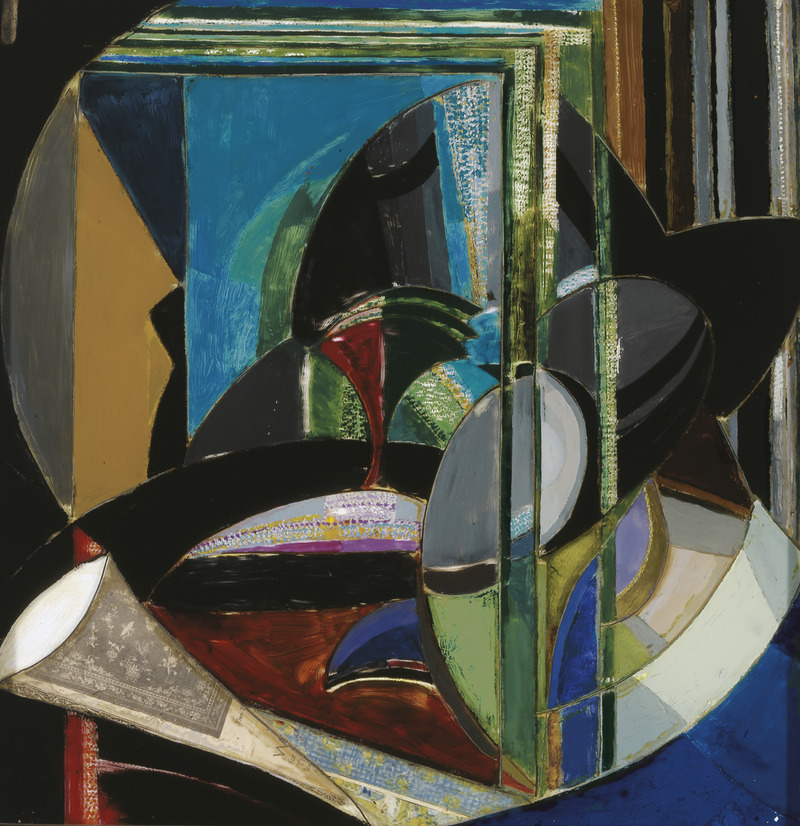
Joseph Stella
Man in the Elevated (Train)
1916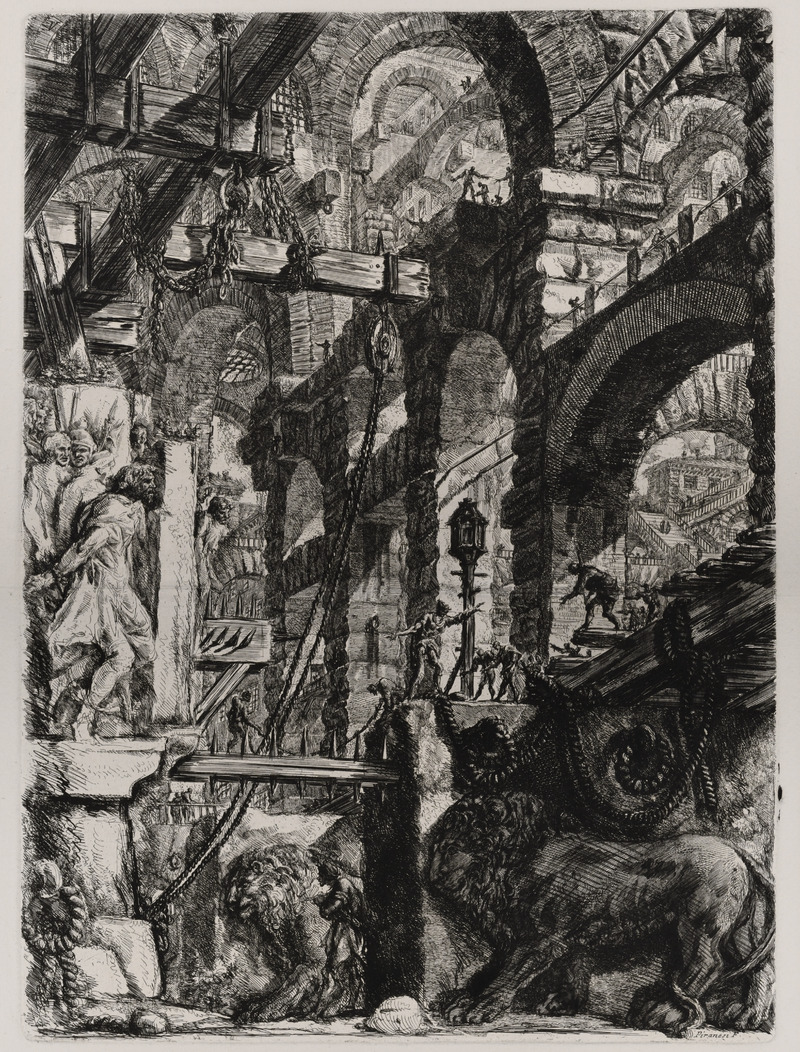
Giovanni Battista Piranesi
The Lion Bas-Reliefs, Plate V from the series Le Carceri (The Prisons)
1761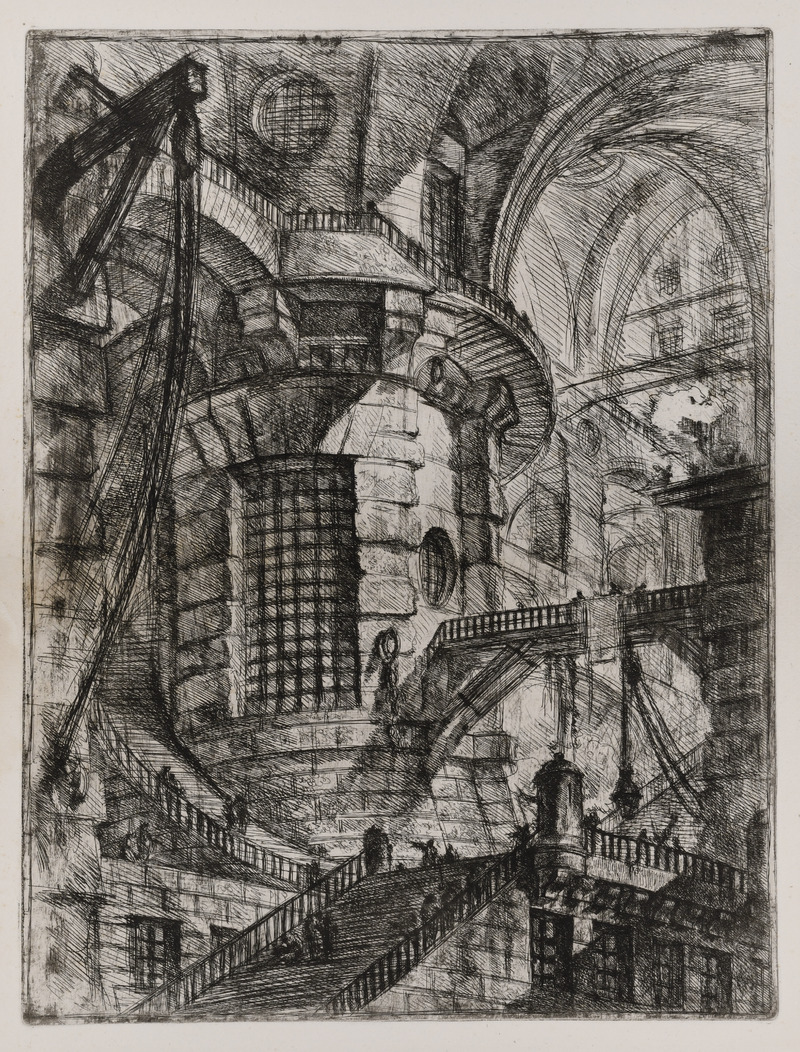
Giovanni Battista Piranesi
The Round Tower, Plate III from the series Le Carceri (The Prisons)
1749
Peter Grippe
The City II
1946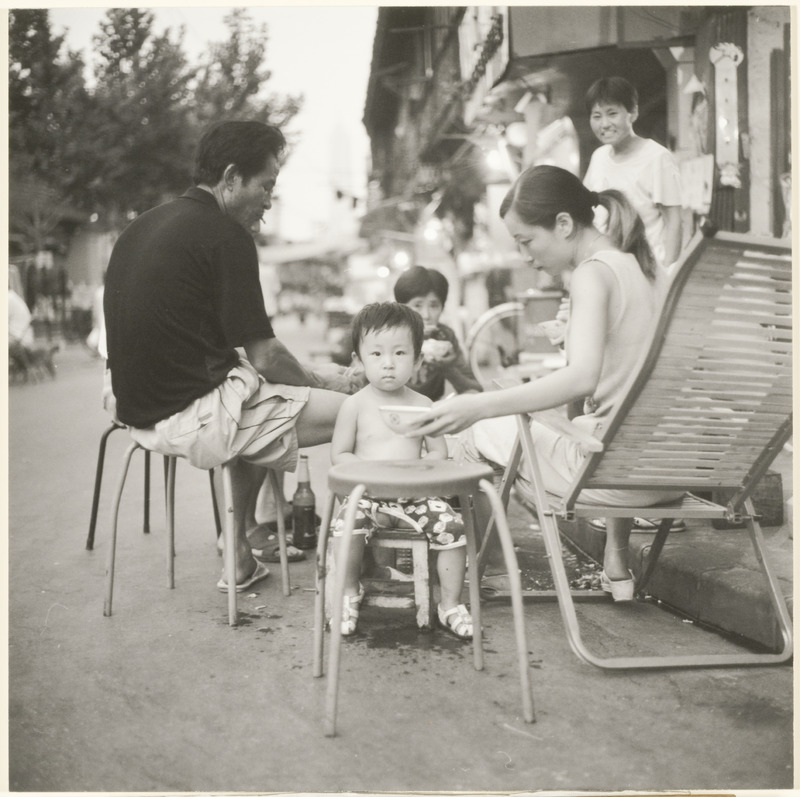
Howard French
Eat Your Dinner 2
2006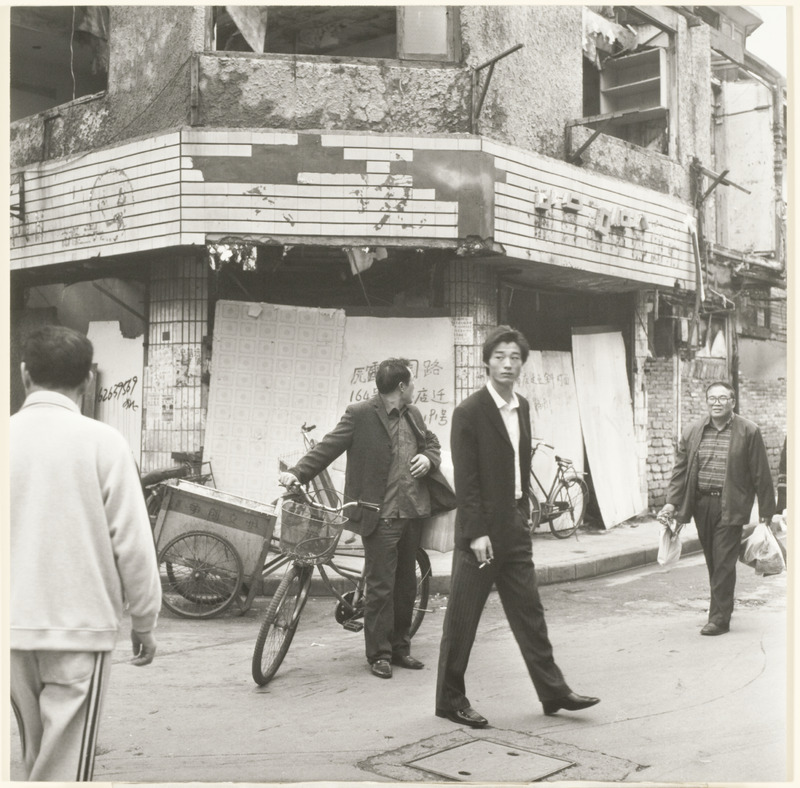
Howard French
Entropy 2
2007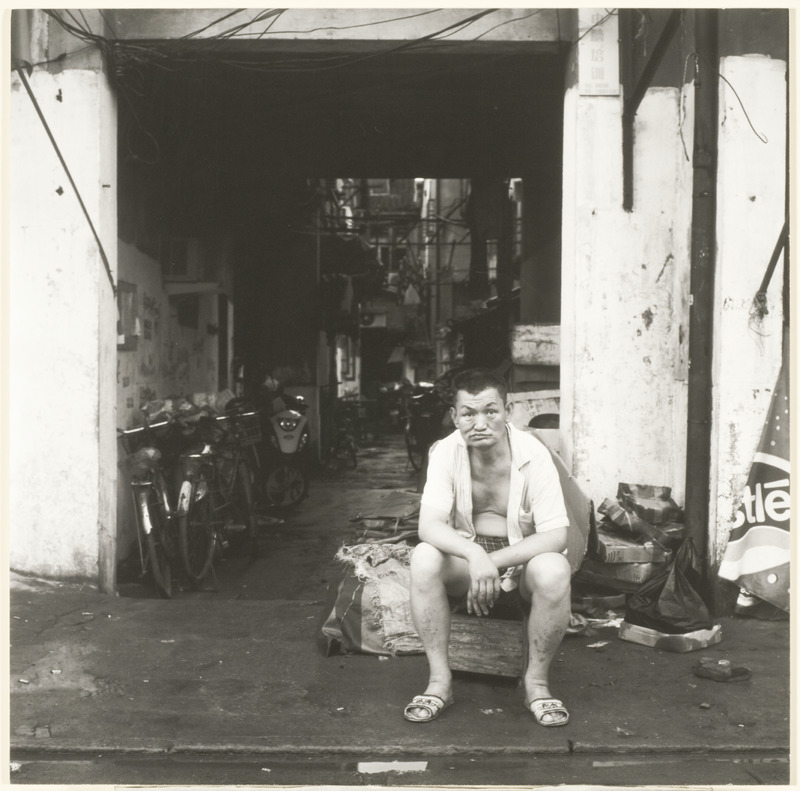
Howard French
Contender 2
2007
Howard French
Three Wheel Market 2
2006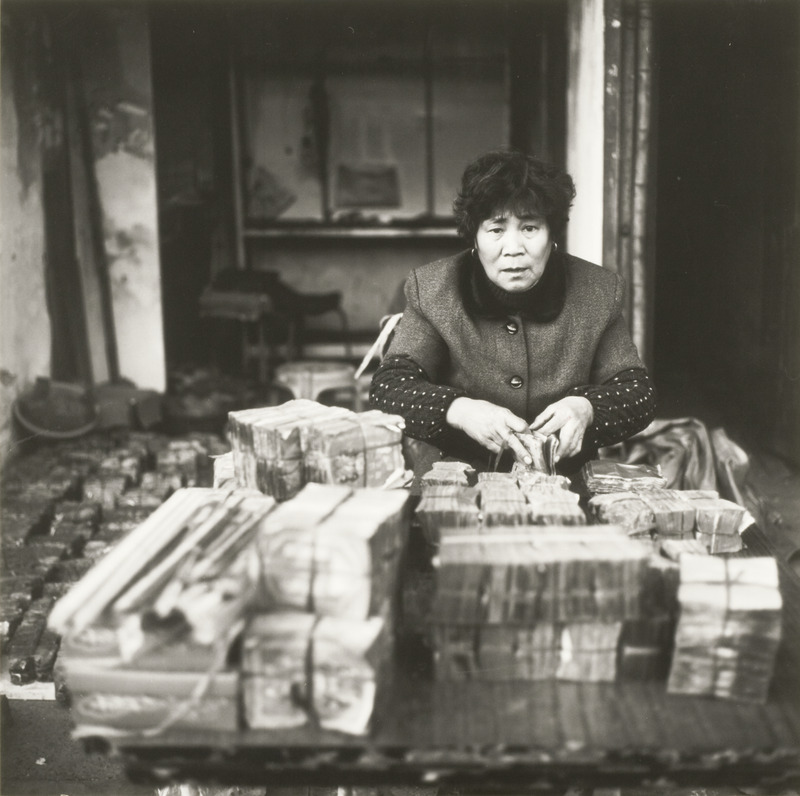
Howard French
Spirit Change 2
2007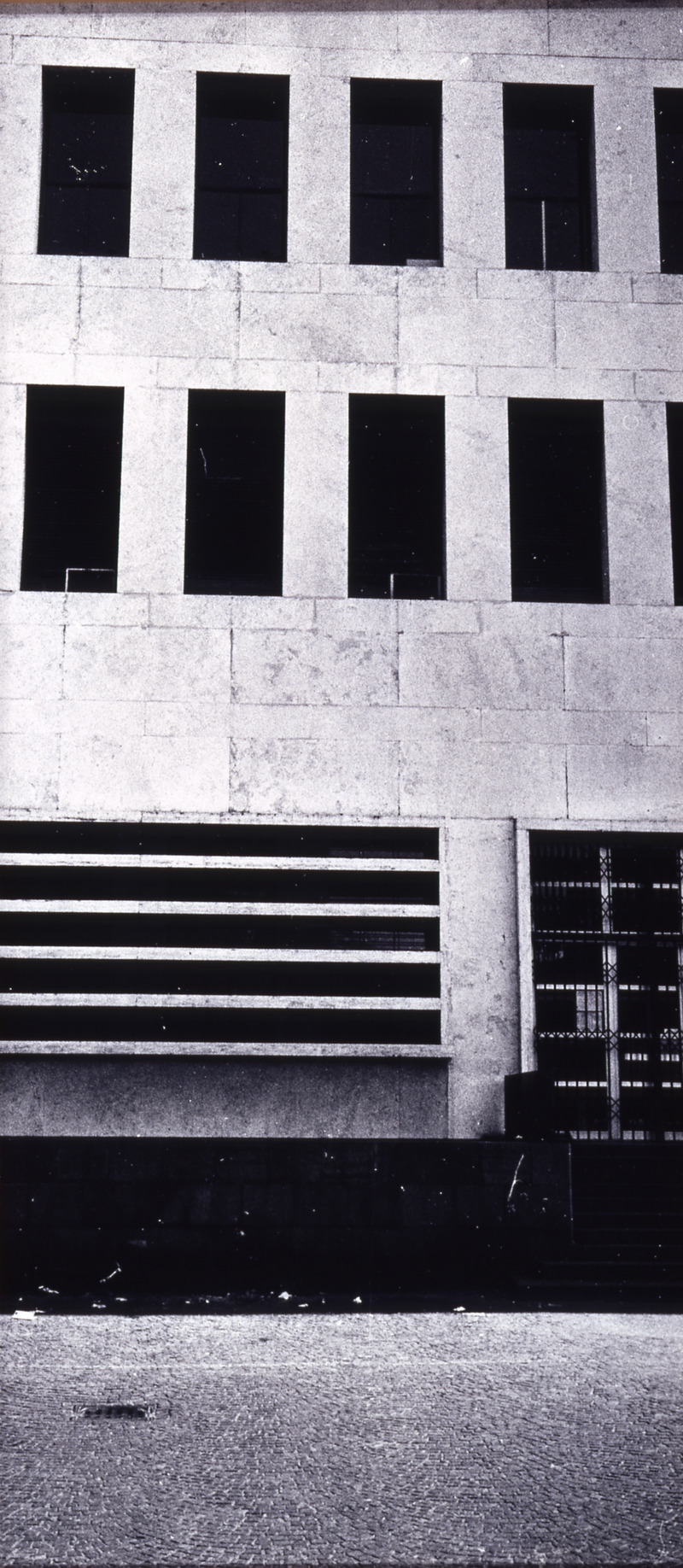
Günther Förg
Uffizio Postale, Roma
1982–85Teaching Gallery
The Teaching Gallery is a space in the Kemper Art Museum dedicated to presenting works from the Museum's collection with direct connections to Washington University courses. Teaching Gallery installations are intended to serve as parallel classrooms and can be used to supplement courses through object-based inquiry, research, and learning. Learn more